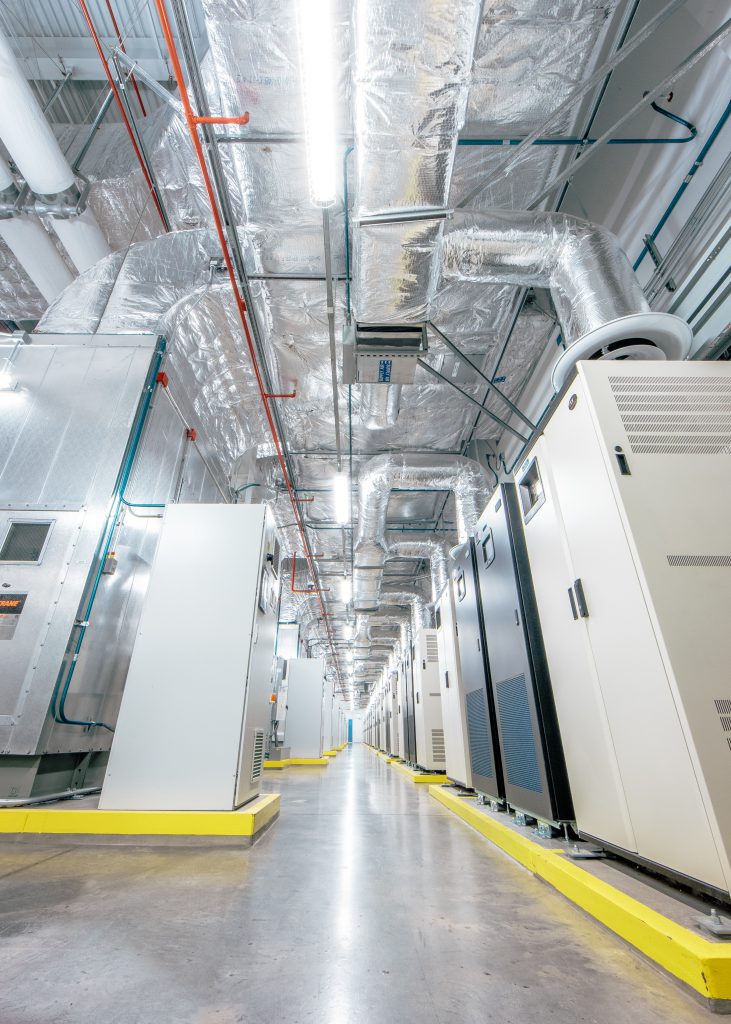You may have had your building and manufacturing process undergo a thorough commissioning process when you designed and constructed your building. Good job! You are certainly enjoying all the benefits of commissioning your building year after year after year — or are you?
When you buy a new car and the service light comes on, you wouldn’t dare not bring the car in for service. Like an automobile, you need to perform periodic tune–ups in order to keep your building and manufacturing systems running smoothly and energy efficiently.
Because once a building is in operation, the total energy use will increase as the efficiency of the building systems gradually decrease.
Re-commissioning your building systems every three to five years results in the past has proven the best way to keep your building systems operating at peak efficiency.
But with new technology, there is another option to consider — and it potentially could save you even more and extend your building’s life even longer.
Instead of waiting up to five years to re–commission your systems, what if you could identify operating inefficiencies that lead to increase energy use as they happen, in real time? The building industry has been moving toward exactly this type of program by the name of ongoing commissioning.
What is Ongoing Commissioning?
Ongoing commissioning is a continuous process that tracks, measures and analyzes a building’s operational data over time, in real-time. This allows for building owners to continually operate their systems at high efficiency, thereby lowering energy use and costs and increasing the company’s profits.
The ongoing commissioning process is a natural complement to the commissioning (or retro-commissioning) process, and it starts in the design phase of the project.
Your Cx agent will develop the ongoing commissioning plan and identify operational metrics that need to be monitored. Besides overall energy use, the use of sub-meters can break down the energy use to isolate HVAC systems, lighting and plug load. In addition, the building automation system (BAS) can provide data such as space temperatures, airflows and specific energy use. Using the BAS or a third-party software, data pulled out of the building is analyzed and summarized allowing the facilities staff to recognize potential issues and enact a proactive approach to maintenance and operations.
In some cases, if an operational metric falls out of operational parameters, the building operators can be notified immediately to address the situation.
Making the Most of Ongoing Commissioning
Building commissioning in and of itself is important. But ongoing commissioning has the power to realize the benefits of commissioning over the life of the building.
Ongoing commissioning is designed to identify and resolve operating issues, improve comfort and optimize energy use. Plus, this ongoing effort can save you substantial money in operating costs.
With the ongoing data input…total thermal energy costs were reduced from $1,037,753 to $510,067.
For example, a case study “Continuous Commissioning of Building Energy Systems,” from David Claridge and WD Turner, Texas A&M University, analyzed a 123,000 square foot research building set up for ongoing commissioning. The entire building’s chilled water and steam consumption was metered and provided data on an hourly basis. With the ongoing data input, a commissioning agent optimized the heating and cooling loads of the buildings and did so for several years. As a result, annual heating and energy consumption was reduced by 63%, annual cooling energy reduced by 42% — and total thermal energy costs were reduced from $1,037,753 to $510,067 (Journal of Solar Energy Engineering, American Society of Mechanical Engineers, 2003).
Be in control of your building operations. Take charge of its efficiency and manage substantial savings well into the lives of its systems. Contact a commissioning expert to learn how ongoing commissioning can be implemented into your manufacturing facilities.






